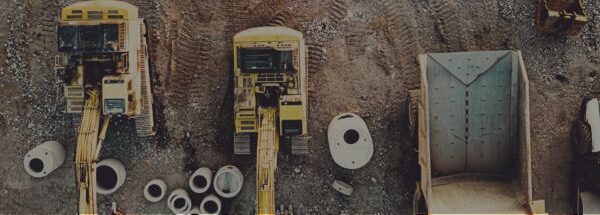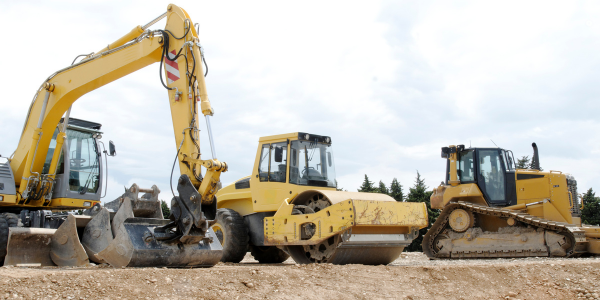
What does ROR mean to my rental business?
One of the most important items any business owner has to decide is what price point should be used for their services. In the equipment rental industry—a service industry—the price point for our rental assets is arguably one of the most important factors in operating a profitable business. The ability to get the proper revenue for services rendered is a key factor in the overall sustainability of a rental organization.
The metric ROR (Return of Rent) is a fairly new metric to the industry and displays a solid set of numbers to guide the pricing process. I’ve heard this metric previously called On Rent ROI, but that was updated several years ago and the calculation is still the same. This metric gives the business operator an exact measure of the pricing as a relation to the initial cost of the equipment of on rent.
ROR Calculation
The ROR calculation takes the rental revenue of an asset or group of assets for a time frame and divides by the initial cost of the equipment that was on rent during that same time frame. This calculation always extends revenue out to 12 months when calculating the ratio to show a more generic guidance.
Example
We have 10 air compressors that have an average initial cost of $15,000. We rent these air compressors out for a one month period with an average time-based utilization of 60%. The total revenue gained during this time frame is $9,000.
- The first step is to annualize the revenue: $9,000 in a monthly revenue becomes $108,000 in annual revenue
- Then we calculate the cost on rent: 10 units @ $15,000 each = $150,000
- Now we apply the utilization rate (60%): $150,000 * .6 = $90,000
- Our cost on rent is $90,000
The final calculation is to take the annualized revenue and divide it by the cost on-rent: $108,000 / $90,000 = 1.2. The ROR for this group of assets is 120%.
ROR = (monthly revenue x 12)/(Total Initial Cost of Equipment x Utilization %)
ROR = ($9,000 * 12) / ((10*$15,000)*60%) = $108,000 / $90,000 = 1.2 or 120%
Why does this tell us?
The base calculation above tells us that if we achieved 100% utilization of the assets for the entire year, we would generate revenue that is equal to 120% of the cost of the equipment we rented. If we use a life of five years for the piece of equipment, we would generate 600% of the initial cost of the equipment over the life of the asset.
But what this also tells us is that we have an average four other assets (40% of the assets un-utilized) that would generate zero revenue during this same time frame.
The most important thing it shows is if you are receiving the appropriate revenue from the assets you are renting from your fleet. Once you determine the correct pricing strategy, then you can move on to managing the utilization to maximize the revenue for your capital employed.
Why is this important?
The key factor here is to understand how to maximize the revenue of equipment on rent. If you realize that some costs are directly related to the rental of the asset (cleaning, maintenance, etc.), there are many other costs that are somewhat fixed (depreciation, labor, admin, etc.). In order to maintain a profitable business, you need to understand how to maximize the revenue on every rental transaction.
The ROR calculation can help you determine if your rental rates will not only cover the cost of the asset but also generate enough additional revenue to operate a profitable rental business.
This article was written by Jim Rosinke, Wynne Product Manager.




